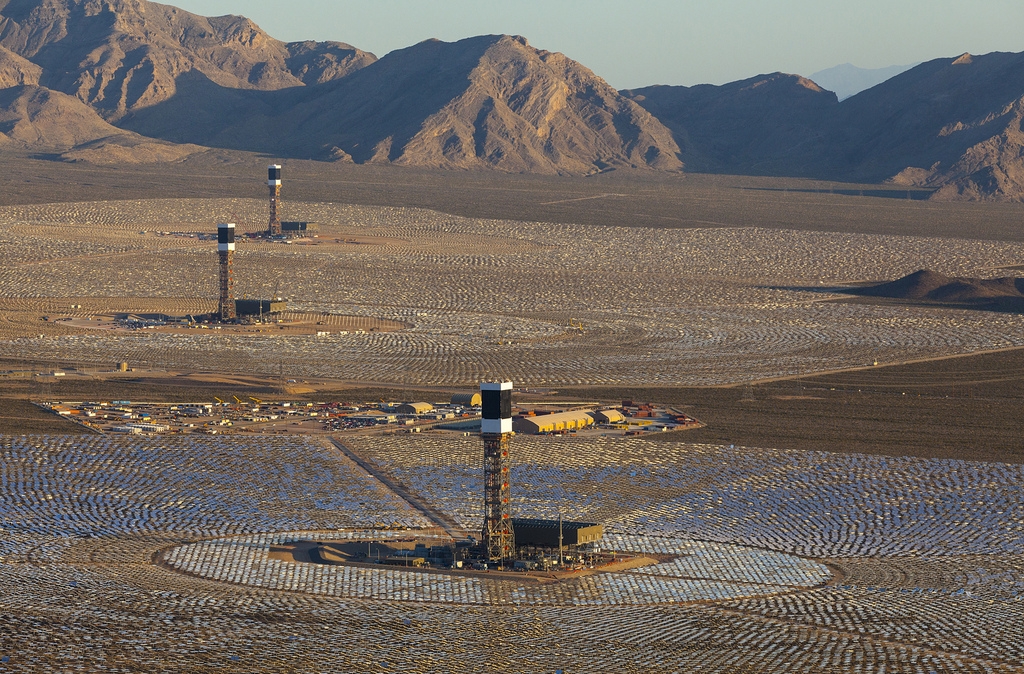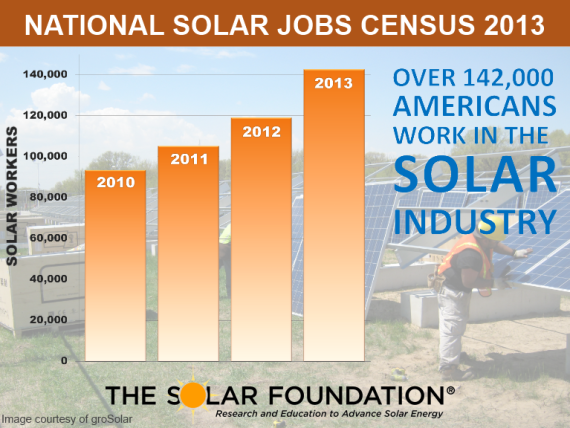Nuclear Power
Scientific American: Is radioactive hydrogen (i.e. tritium) in drinking water a cancer threat? Well, yes, but real data is surprisingly sparse. Because of large tritium releases from numerous U.S. reactors into water and groundwater in recent years, the Environmental Protection Agency is beginning to re-evaluate its tritium standards. Unfortunately, while SciAm does cover various angles of the issue, quotes from Oak Ridge nuclear advocate David Kocher permeate this article. “I think the levels of tritium in drinking water today are low enough that I wouldn’t worry,” Kocher says. “The good news about tritium is that: even if you inhale or ingest an awful lot, it is going to flush out of your body.” He adds: “Just have a few beers and you’re done.” Somehow we think that the advice to drink a few beers as a strategy of coping with cancer-causing tritium in your drinking water is not going to sit well with mothers of young children….
New York Times on Japan’s mixed messages on nuclear power. Anti-nuke candidates lost in the most recent election, but that doesn’t mean the nation is pro-nuclear either, explains one political science professor. The article does a good job of explaining the uncertain attitude about nuclear power that defines Japanese society three years after Fukushima.
Could a Fukushima accident happen in the U.S.? Yes. Dave Lochbaum of Union of Concerned Scientists (UCS) explains.
Finland’s TVO utility can no longer provide even an estimate of when its Olkiluoto-3 reactor will come online. Construction began in 2005 and the Areva EPA reactor was originally scheduled to begin operation in 2009. But it is way over budget and, obviously, way behind schedule. Although why anyone might have expected any different outcome is beyond us.
Electricite de France says it needs to raise wholesale power rates from its nuclear reactors, by about 20%, in order to survive, even while, Bloomberg reports, “Factory owners have stepped up a campaign against energy costs that they say are higher in France because of the system of regulated power rates.” Tell us again how that nuclear-dominated grid is working for you, France…
The Washington Post excitedly reports today on a “fusion energy milestone” achieved by scientists at the National Ignition Facility (NIF) at Livermore National Labs. That “milestone”? More power was produced by a fuel pellet (compressed by 192 lasers) than went into it. Which is not the same as saying that more power was produced than was used; as the article goes on to admit, “The experiment overall requires much more energy on the front end—all those laser shots—than comes out the back end.” When I first came to NIRS 28 years ago, I asked some experts about fusion, which I didn’t know much about at the time. I was uniformly told that it was 25 years away. Right on cue, the article quotes Stewart Prager, director of Princeton’s Plasma Physics Laboratory, “In 30 years, we’ll have electricity on the grid produced by fusion energy—absolutely,” Prager said. “I think the open questions now are how complicated a system will it be, how expensive it will be, how economically attractive it will be.” So, in those 28 years, fusion has advanced so far that it’s now 30 years away instead of 25….By the time fusion is ever commercially viable (although the opinion here is that that day will be never), it will be completely unnecessary: the new smart electric grid combining renewables and energy efficiency will be in place, and will be both cleaner and safer than fusion.
Clean Energy

Signs that the explosion in rooftop solar is only accelerating: SunPower to add storage to its rooftop solar systems; gets $220 million in new financing to support its rooftop leasing program. Storage, which will bring rooftop solar closer to (and eventually become) a 24/7 source of electricity, can make every building not only self-sufficient but a de facto power plant that provides power back to the grid. No wonder the old-line utilities are starting to fight it so hard.
 Normally stories about corporate backstabbing and fighting amongst themselves are not of much interest to us, but this one, titled Strange Bedfellows of the Energy Industry caught our attention and is truly bizarre. According to the article, the business model of a company called SolarWorld, based in Hillsboro, Oregon, consists primarily of filing lawsuits before the International Trade Commission trying to keep low-priced solar panels from China out of the U.S. market. That might make some sense if those low-priced panels were actually preventing American manufacturers from being able to compete, but that doesn’t appear to be the case–in fact, there is more demand than supply for solar panels at the moment. And SolarWorld is actually a German company that may be as much as 30%-owned by a “solar” venture in Qatar that doesn’t seem to do anything solar-related except fund SolarWorld. Hmmmm.
Normally stories about corporate backstabbing and fighting amongst themselves are not of much interest to us, but this one, titled Strange Bedfellows of the Energy Industry caught our attention and is truly bizarre. According to the article, the business model of a company called SolarWorld, based in Hillsboro, Oregon, consists primarily of filing lawsuits before the International Trade Commission trying to keep low-priced solar panels from China out of the U.S. market. That might make some sense if those low-priced panels were actually preventing American manufacturers from being able to compete, but that doesn’t appear to be the case–in fact, there is more demand than supply for solar panels at the moment. And SolarWorld is actually a German company that may be as much as 30%-owned by a “solar” venture in Qatar that doesn’t seem to do anything solar-related except fund SolarWorld. Hmmmm.
The author concludes, “But the truly weird thing is that nobody questions these facts. SolarWorld doesn’t deny its company’s European roots, nor its involvement with the Qatar Foundation — which, for its part, has never done anything of consequence other than investing in a nearly bankrupt German company. Instead, the two happily parade around hand-in-hand while spending a fortune on legal battles that could put tens of thousands of American jobs in jeopardy. But all the while they claim to be safeguarding those very same American jobs.
“Is this just an attempt by a Middle East oil state to undermine renewable energy growth in the United States? The writing is certainly on the wall. But the truth may be even stranger than what we already know.”
Major hedge fund investor Jeremy Grantham predicts renewables will completely displace fossil fuels within decades. Knowledgeable energy experts have been saying this for years, but it sometimes takes a while for ideas that turn the world upside down to percolate to the business community. Of course, we believe both fossils fuels and nuclear power will be displaced by renewables (and efficiency, etc.) within decades–and, if technology is matched by well-targeted activism to bring about the necessary political changes to ensure the transition, it won’t be many decades.
30 MW Block Island offshore wind project along Rhode Island’s coast moving ahead; first step in 1,000 MW Deepwater Wind offshore wind farm across southern New England.
Massive $8 Billion, 3,000 MW wind farm proposed to be built in Wyoming; power would be sent to California, saving residents there $750 million on their electric bills. Per/MW price is competitive–probably even cheaper–than new nuclear power.
China planning incentives to ensure that 14 GW of new solar power will be built this year; will make China world leader in new solar again. Only 6 MW would be power plant size; the rest would be distributed generation. Even after accounting for solar’s reduced capacity factor compared to nuclear, this one-year construction program would provide about as much usable power as all four reactors currently under construction in the U.S.–and a lot faster.
Inside Washington
The big five oil companies made $177,000 in profit per minute last year. So of course they’re lobbying to keep their large tax breaks.
Environmentalists are none too happy about new Senate Energy Committee Chair Mary Landrieu’s environmental record–and for good reason. As the article points out, she is a staunch supporter of fossil fuel interests, especially the oil and gas industries. As the article fails to point out, she also has a strong pro-nuclear voting record. If there is one saving grace for clean energy advocates, it’s that nuclear power so far has not been one of her priorities.
Michael Mariotte
Permalink: https://www.nirs.org/nuclear-newsreel-thursday-february-13-2014/
Comments are welcome! Say your piece below. Start a discussion. Don’t be shy; this blog is for you.
Note: If you’d like to receive GreenWorld via e-mail daily, send your name and e-mail address to nirs@nirs.org and we’ll send you an invitation. Note that the invitation will come from a GreenWorld@wordpress.com address and not a nirs.org address, so watch for it.



